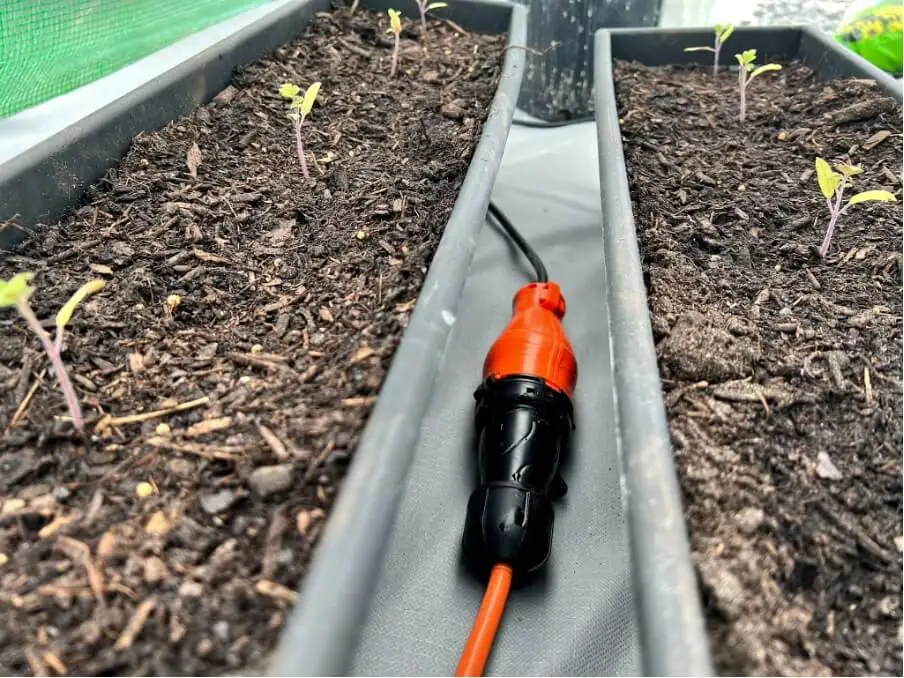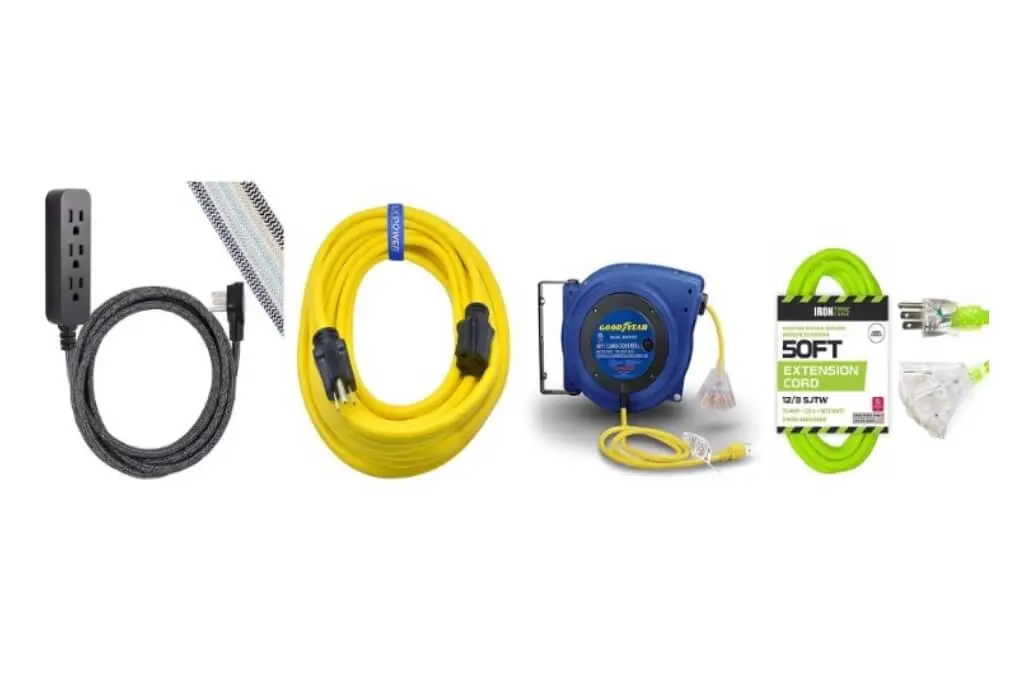In our modern, electronics-driven world, extension cords have become an indispensable tool for powering devices and appliances in locations where outlets are not readily available. Whether you’re embarking on a home improvement project, hosting an outdoor event, or simply need to extend the reach of your electronics, choosing the right extension cord is crucial for ensuring safety, efficiency, and optimal performance.
With a vast array of options available on the market, navigating the selection process can seem overwhelming and daunting. However, by understanding the key factors to consider, familiarizing yourself with the various types, ratings, and specifications, and assessing your specific needs, you can confidently choose the perfect extension cord tailored to your unique requirements.
The Importance of Selecting the Appropriate Extension Cord
While extension cords may appear simple and unassuming, their selection should not be taken lightly. Using an inadequate or improper extension cord can pose serious safety risks, including electrical fires, shocks, and damage to your valuable devices and appliances. Furthermore, an ill-suited extension cord can lead to inefficient power delivery, resulting in underperforming tools, appliances, and potentially compromised work quality.
By investing the time and effort to choose the right extension cord, you not only safeguard the well-being of your household or workplace but also optimize the performance of your electrical equipment. This proactive approach can save you from costly repairs, replacements, and potential hazards, ultimately providing peace of mind and allowing you to focus on the task at hand without unnecessary distractions or concerns.
Types of Extension Cords: Understanding the Differences
Extension cords come in a variety of types, each designed to meet specific needs and requirements. Understanding the distinctions between these types is essential to making an informed decision and selecting the most appropriate cord for your intended use.
1. Household Extension Cords
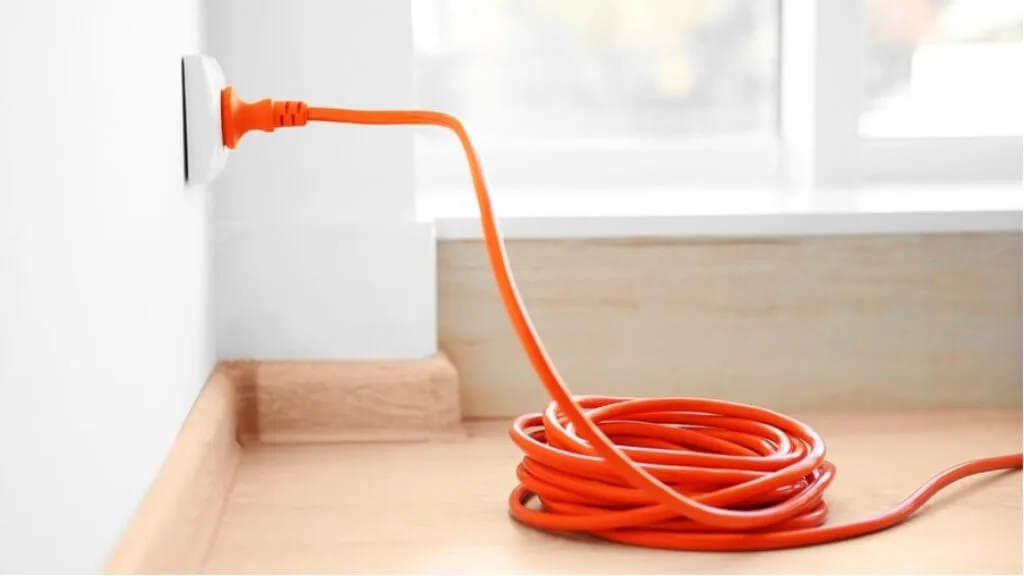
Household extension cords are the most common and widely available type, designed primarily for indoor use in residential settings. These cords are suitable for powering low-wattage devices such as lamps, radios, televisions, and other small appliances commonly found in homes. Household extension cords typically feature a lightweight, flexible construction and are available in various lengths and gauges (wire thickness) to accommodate different needs.
2. Outdoor Extension Cords
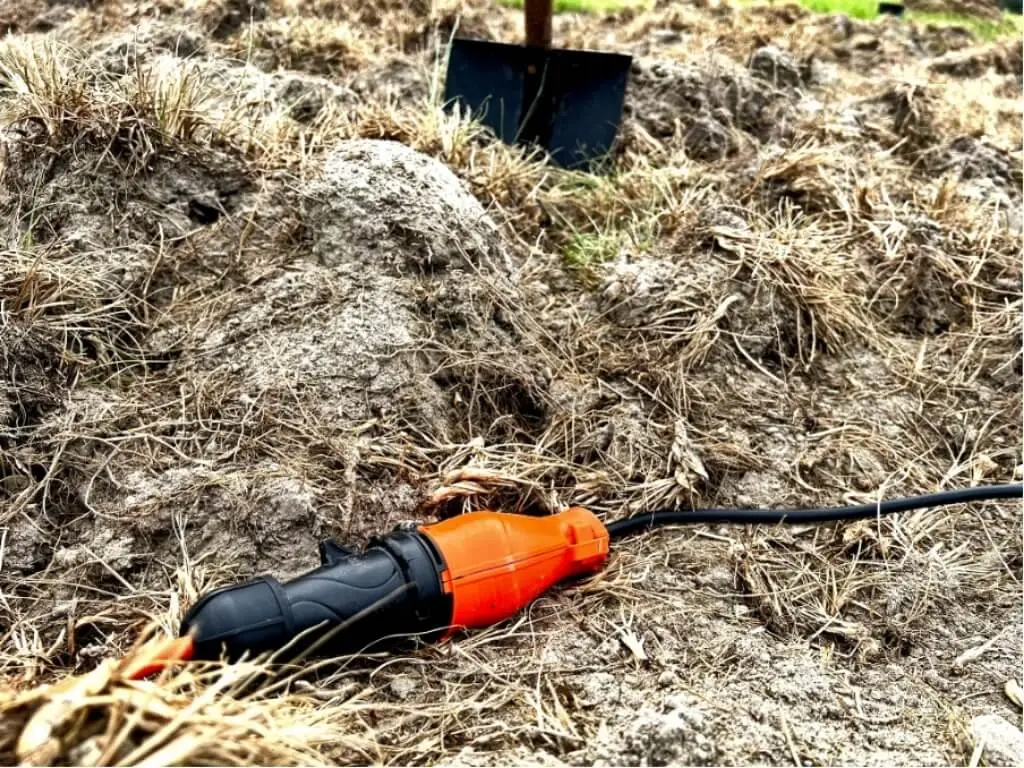
As the name suggests, outdoor extension cords are engineered to withstand the rigors of exterior environments. These cords boast a rugged, weather-resistant construction that protects against moisture, sunlight, temperature extremes, and other environmental factors. Outdoor extension cords are often used for powering tools, lighting, and other equipment during outdoor projects, events, or activities, making them an essential companion for landscaping, construction, and outdoor entertainment.
3. Heavy-Duty Extension Cords
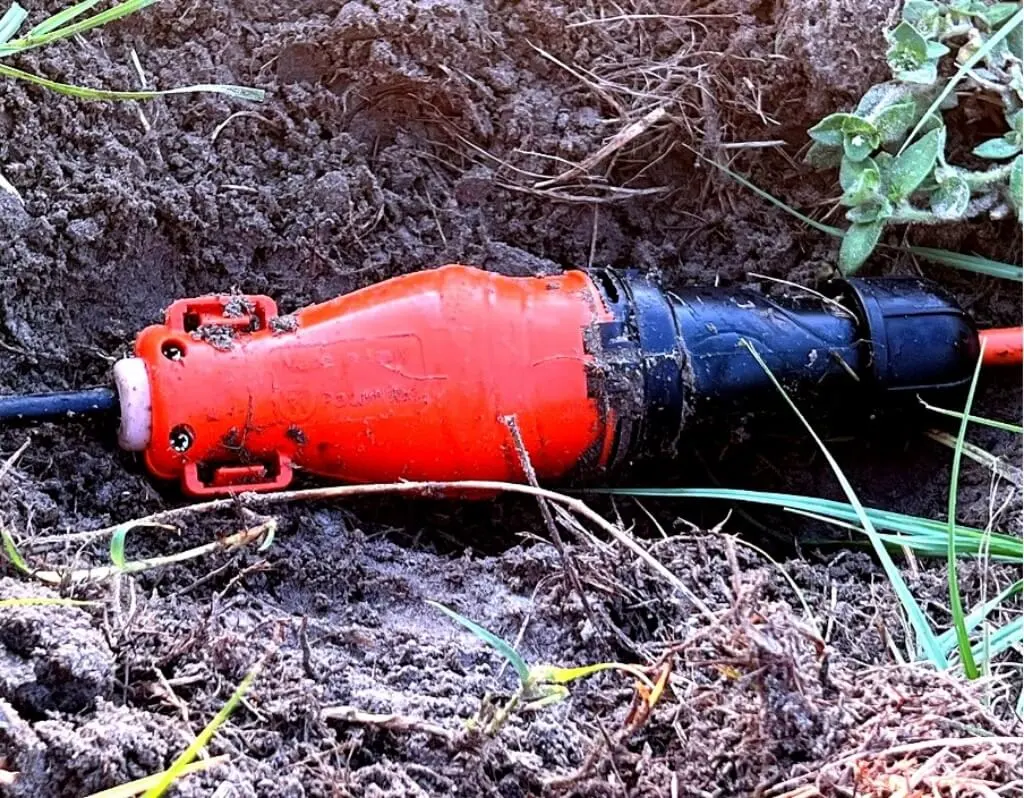
Heavy-duty extension cords are built to handle high-wattage devices and tools, such as power saws, air compressors, welding equipment, and other industrial-grade machinery. These cords feature a thicker gauge, allowing them to accommodate higher current flow without overheating or posing safety risks. Heavy-duty extension cords are generally more durable and less flexible than their household or outdoor counterparts, making them well-suited for demanding applications and harsh environments.
4. Industrial Extension Cords
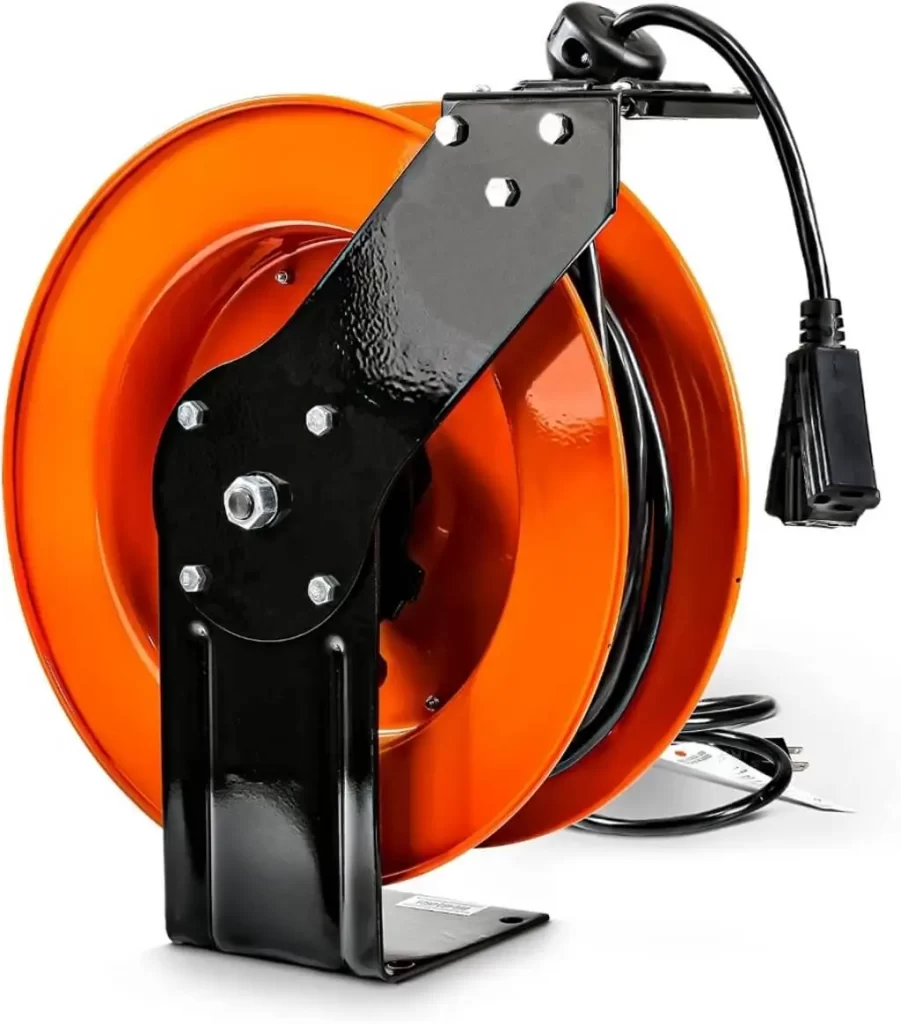
Industrial extension cords represent the pinnacle of durability and robustness, designed specifically for use in demanding environments such as construction sites, factories, and workshops. These cords feature reinforced jackets, specialized connectors, and exceptionally thick gauges to withstand harsh conditions, heavy loads, and potential abuse. Industrial extension cords are engineered to power heavy machinery and equipment while ensuring maximum safety and reliability, even in the most challenging settings.
Understanding Extension Cord Ratings, Lengths, and Gauges
When selecting an extension cord, it’s crucial to consider its rating, length, and gauge, as these factors directly impact the cord’s performance, safety, and suitability for your intended application.
1. Extension Cord Ratings
Extension cords are rated based on their amperage capacity, which indicates the maximum amount of electrical current they can safely carry without overheating or posing a fire risk. Common ratings include 15 amps, 20 amps, and 30 amps, though higher ratings are available for industrial and heavy-duty applications. It’s essential to choose a cord with a rating that meets or exceeds the combined amperage requirements of the devices you plan to power simultaneously. Failure to do so can result in overloading, which can lead to overheating, tripped circuit breakers, or even electrical fires.
2. Extension Cord Lengths
Extension cords are available in various lengths, ranging from a few feet to hundreds of feet, catering to different needs and applications. While a longer cord may seem more convenient, it’s important to consider the potential for voltage drop, a phenomenon where the electrical potential decreases over distance, leading to reduced power delivery and potential overheating. As a general rule, use the shortest length necessary to reach your desired location while minimizing voltage drop and ensuring efficient power delivery.
3. Extension Cord Gauges
The gauge of an extension cord refers to the thickness of its conductor wires, with lower gauge numbers indicating thicker wires capable of carrying more current. Common gauges for household and outdoor cords range from 16 gauge to 10 gauge, while heavy-duty and industrial cords may use even lower gauges, such as 8 gauge or 6 gauge. Selecting the appropriate gauge is essential, as thicker wires can carry more current and reduce voltage drop over longer distances, ensuring efficient power delivery and minimizing the risk of overheating or electrical hazards.
Assessing Your Needs: Environment, Power Requirements, and Distance
Before selecting an extension cord, it’s crucial to assess your specific needs based on three key factors: the environment in which the cord will be used, the power requirements of the devices you’ll be connecting, and the distance between the power source and the desired location. By carefully evaluating these factors, you can ensure that the extension cord you choose is optimally suited for your intended application.
1. Environment: Indoor vs. Outdoor
The environment plays a pivotal role in determining the appropriate extension cord type. Indoor cords are suitable for use in controlled, climate-controlled environments, such as homes, offices, or workshops. They are typically constructed with lightweight materials and lack the rugged protection required for outdoor use. On the other hand, outdoor cords are designed to withstand harsh weather conditions, moisture, temperature fluctuations, and exposure to sunlight. These cords feature a weather-resistant construction and are often reinforced to ensure durability and longevity in exterior settings.
If you’ll be using the extension cord in both indoor and outdoor settings, it’s advisable to invest in a versatile outdoor-rated cord that can handle diverse conditions safely and reliably. These cords are designed to be multi-purpose, offering the flexibility to move between different environments without compromising functionality or safety.
2. Power Requirements of Devices
Accurately identifying the power requirements of the devices you’ll be connecting is vital for selecting an extension cord with an adequate rating. Failure to do so can result in overloading, which can pose serious safety risks, including overheating, electrical fires, and damage to your valuable equipment.
To determine the appropriate cord rating, check the amperage or wattage requirements of each device you plan to power simultaneously. Consider the maximum power draw of each device, as some may have higher starting or peak loads than their steady-state operation. Once you have gathered this information, choose a cord with a rating that meets or exceeds the combined demand of all devices. It’s always better to err on the side of caution and select a cord with a higher rating than you think you’ll need, as this provides a safety buffer and ensures reliable performance.
3. Distance from Power Source
The distance between the power source and the desired location is another critical factor to consider when choosing an extension cord. Longer distances can result in voltage drop, which can affect the performance of your devices and potentially cause overheating, reduced efficiency, or even failure to operate.
As a general rule, use the shortest extension cord length possible to minimize voltage drop and ensure efficient power delivery. However, for situations where longer distances are unavoidable, it’s essential to opt for a cord with a lower gauge (thicker wire). Lower gauge cords have a greater capacity to carry current over longer distances without significant voltage drop, ensuring reliable power delivery and reducing the risk of safety hazards.
When assessing distance, consider not only the linear distance but also any obstacles or obstructions that may require routing the cord around corners or through tight spaces. These factors can further contribute to voltage drop and should be accounted for in your selection process.
For an outdoor extension cord that meets these requirements, check out our rugged outdoor extension cord with a safety seal lock.
Identifying High-Quality Extension Cords: Safety Certifications and Standards
In the realm of extension cords, not all products are created equal, and it’s essential to choose those that meet rigorous safety standards and certifications. By selecting high-quality extension cords, you can ensure reliable performance, minimized risk of electrical hazards, and peace of mind knowing that your investment is backed by industry-recognized safety protocols.
Look for extension cords that carry certifications from reputable organizations such as Underwriters Laboratories (UL), Intertek (ETL), or the Canadian Standards Association (CSA). These certifications indicate that the cords have undergone extensive testing and meet strict safety requirements, ensuring they are fit for their intended use and pose minimal risk when used correctly.
Additionally, pay close attention to the jacket material and construction of the extension cord. High-quality cords often feature durable jackets made from materials like thermoplastic elastomer (TPE) or polyvinyl chloride (PVC), which offer superior resistance to abrasion, moisture, temperature extremes, and other environmental factors. These jackets help protect the internal wiring and ensure the cord’s longevity and reliable performance, even in demanding conditions.
It’s also important to consider the quality of the plugs and connectors used on the extension cord. Well-designed plugs and connectors should fit snugly into outlets and provide a secure connection, minimizing the risk of arcing or overheating. Look for extension cords with molded plugs and strain relief features that prevent the cord from being pulled or stressed at the connection points.
By prioritizing safety certifications and quality construction, you can have confidence in the extension cord you choose, knowing that it meets industry standards and is designed to provide reliable performance while minimizing potential hazards.
Extension Cord Maintenance and Storage: Best Practices for Prolonged Life and Safety
Proper maintenance and storage practices are essential for ensuring the longevity and safe operation of your extension cords. By following these best practices, you can protect your investment, minimize the risk of accidents or premature failure, and maximize the lifespan of your extension cords.
1. Inspect Before Use
Before using an extension cord, always perform a thorough visual inspection to check for signs of damage, such as frayed or exposed wires, cracks in the jacket, or damaged plugs or connectors. If any damage is detected, no matter how minor it may seem, it’s crucial to replace the cord immediately. Using a damaged extension cord can pose serious safety risks and should be avoided at all costs.
Additionally, inspect the cord for any signs of overheating, such as discoloration, melting, or a burning odor. These indicators may suggest that the cord has been overloaded or subjected to excessive voltage drop, which can compromise its integrity and safety.
2. Avoid Overloading
Never exceed the rated amperage or wattage capacity of an extension cord. Overloading can cause the cord to overheat, potentially leading to electrical fires, damage to connected devices, or even personal injury. Always consult the manufacturer’s specifications and ensure that the combined power requirements of your devices fall well within the cord’s rating, leaving a comfortable safety margin.
3. Protect from Moisture and Extreme Temperatures
Moisture and extreme temperatures can degrade the insulation and performance of extension cords over time. When using outdoor cords, ensure they are rated for the specific weather conditions you’ll be encountering, and store them in a dry, temperature-controlled environment when not in use. Protecting your extension cords from excessive moisture and temperature extremes can significantly prolong their lifespan and ensure reliable operation.
It’s also important to note that some extension cords may be designed for specific temperature ranges or weather conditions. For example, cold-weather extension cords feature jackets that remain flexible in freezing temperatures, while others may be rated for use in high-heat environments. Always check the manufacturer’s specifications and choose the appropriate cord for your intended conditions.
4. Proper Handling and Storage
Proper handling and storage techniques are essential for maintaining the integrity of your extension cords. Avoid kinking, twisting, or stepping on the cords, as these actions can damage the internal wiring and insulation. When not in use, coil or wind the cords loosely to prevent kinking, and store them in a cool, dry place away from direct sunlight or heat sources. Additionally, avoid exposing the cords to sharp objects or excessive weight, which can compromise their structure and increase the risk of damage.
It’s also advisable to store extension cords in a dedicated storage area or container, such as a cord reel or a sturdy box. This not only helps to protect the cords from potential damage but also keeps them organized and easily accessible when needed.
5. Regular Replacement
Even with proper maintenance and care, extension cords have a limited lifespan and will eventually need to be replaced. Regularly inspect your cords for signs of wear and tear, such as cracked or frayed jackets, loose connections, or discoloration. As a general guideline, consider replacing household extension cords every few years and heavy-duty or industrial cords every five to seven years, or sooner if they show signs of excessive wear or damage. Timely replacement can help prevent potential hazards and ensure the continued safety and efficient operation of your electrical equipment.
6. Proper Disposal
When it’s time to replace an extension cord, it’s important to dispose of the old one properly. Never simply throw an extension cord in the regular trash, as this can contribute to environmental pollution and potentially pose risks if the cord is accidentally damaged or mishandled during disposal.
Instead, check with your local waste management authority for proper disposal methods, which may include recycling programs or dedicated facilities for handling electrical waste. By responsibly disposing of old extension cords, you can help reduce environmental impact and ensure that any hazardous materials are handled safely.
Conclusion
Choosing the right extension cord is a crucial step in ensuring the safe and efficient operation of your electrical devices, whether you’re tackling a home improvement project, hosting an outdoor event, or simply optimizing the functionality of your living or workspace. By understanding the various types of extension cords available, their ratings, lengths, and gauges, and assessing your specific needs based on the environment, power requirements, and distance, you can make an informed decision that prioritizes safety and performance.
Remember to always prioritize safety by selecting extension cords with appropriate certifications from reputable organizations and adhering to best practices for maintenance and storage. By following the comprehensive guidance provided in this article, you’ll be empowered to navigate the selection process confidently and find the perfect extension cord tailored to your unique needs.
With the right extension cord in hand, you can seamlessly power your devices, tools, and appliances, ensuring optimal performance and eliminating the frustrations and potential hazards associated with inadequate or improper cords. Embrace the knowledge and insights gained from this guide, and approach your next project or task with confidence, knowing that you’ve made an informed choice that prioritizes safety, efficiency, and peace of mind.
In conclusion, this comprehensive guide has provided you with the knowledge and tools necessary to navigate the world of extension cords with confidence. By understanding the significance of selecting the appropriate cord, familiarizing yourself with the various types and specifications, assessing your needs, and adhering to best practices, you can empower yourself to make informed decisions that prioritize safety, efficiency, and performance. Embrace this knowledge, and tackle your next project or task with the peace of mind that comes from having the right extension cord for the job.
Ready to find the perfect extension cord for your needs? Explore our top-rated outdoor weatherproof extension cord today.
